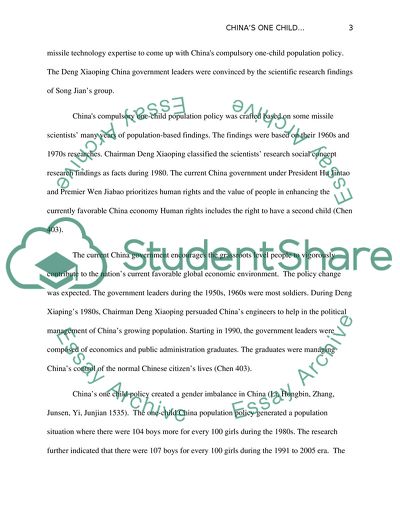Cite this document
(China's One-Child Policy Coursework Example | Topics and Well Written Essays - 1250 words, n.d.)
China's One-Child Policy Coursework Example | Topics and Well Written Essays - 1250 words. https://studentshare.org/social-science/1799309-chinas-one-child-policy
China's One-Child Policy Coursework Example | Topics and Well Written Essays - 1250 words. https://studentshare.org/social-science/1799309-chinas-one-child-policy
(China'S One-Child Policy Coursework Example | Topics and Well Written Essays - 1250 Words)
China'S One-Child Policy Coursework Example | Topics and Well Written Essays - 1250 Words. https://studentshare.org/social-science/1799309-chinas-one-child-policy.
China'S One-Child Policy Coursework Example | Topics and Well Written Essays - 1250 Words. https://studentshare.org/social-science/1799309-chinas-one-child-policy.
“China'S One-Child Policy Coursework Example | Topics and Well Written Essays - 1250 Words”. https://studentshare.org/social-science/1799309-chinas-one-child-policy.


